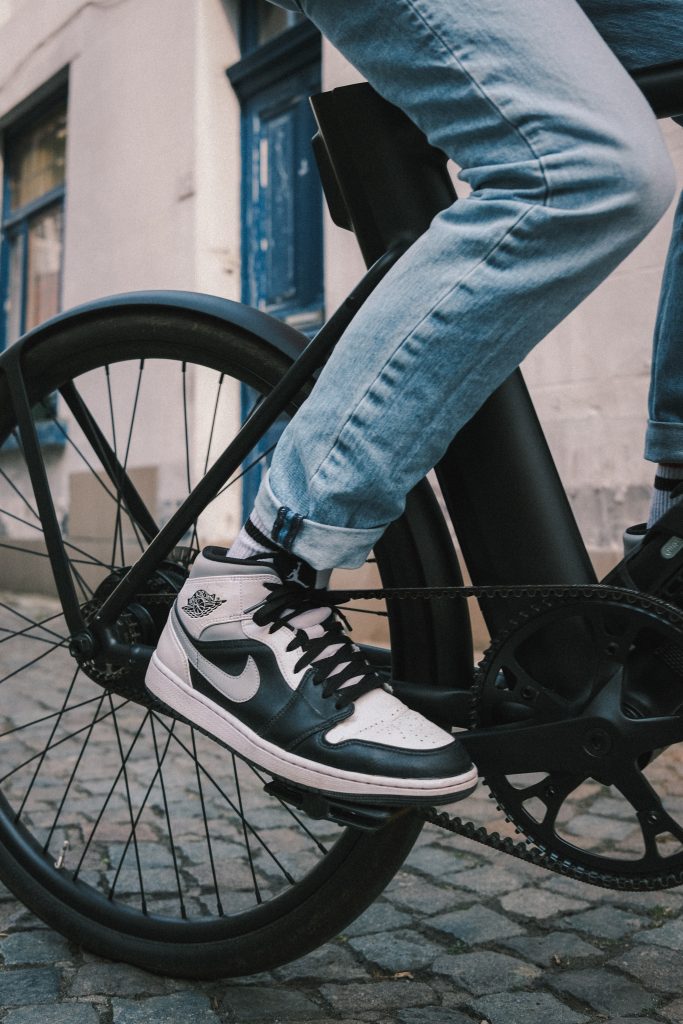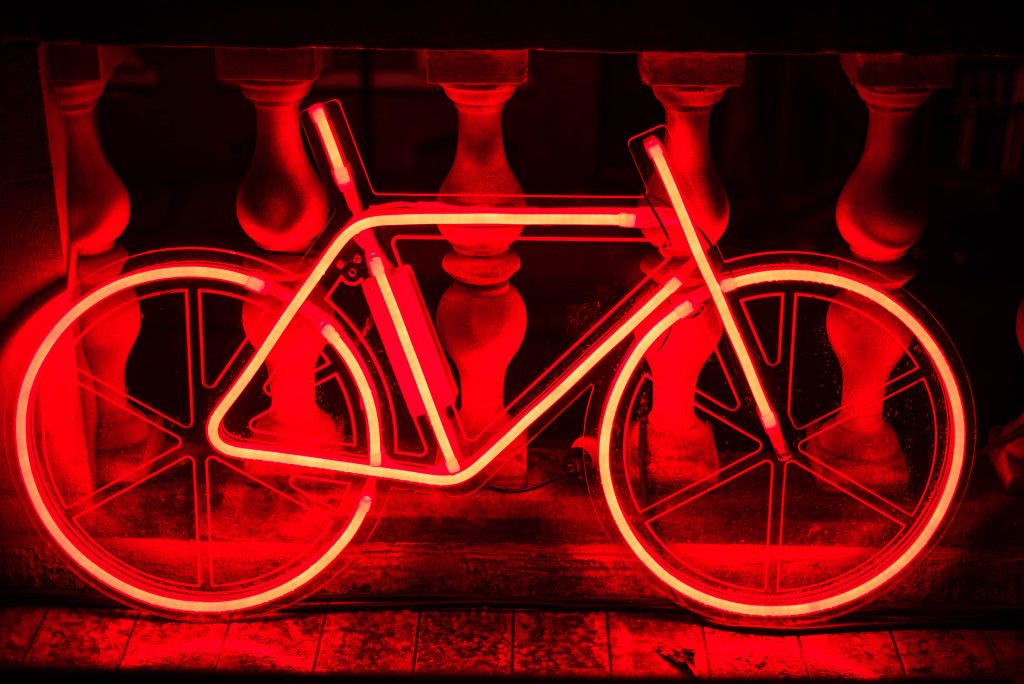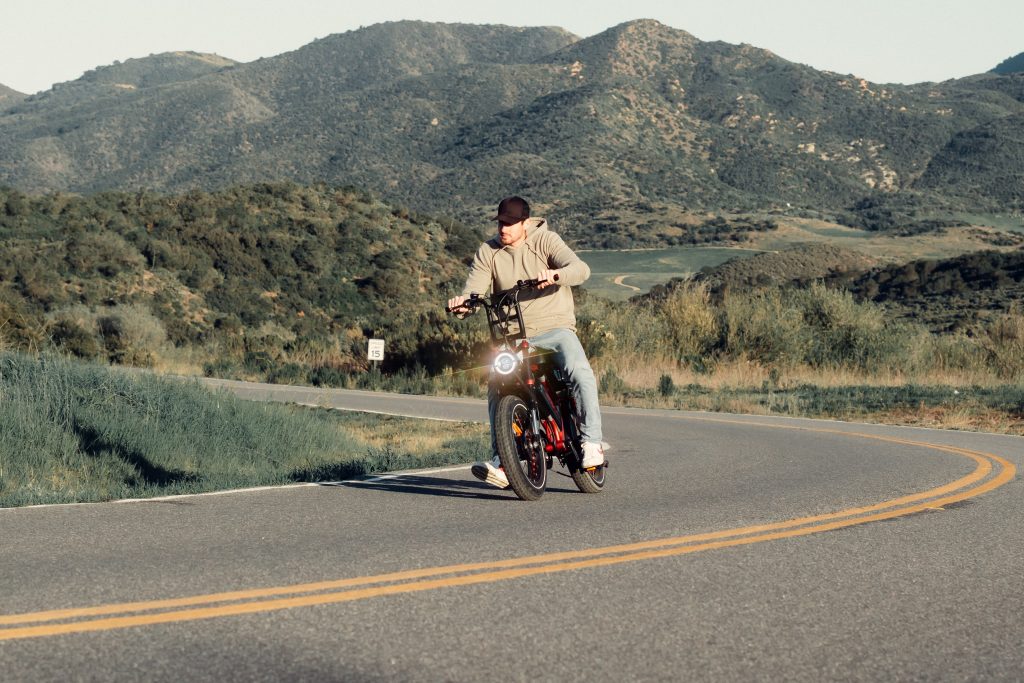Your complete guide to ebikes – e-bike buying guide
Your ebike knowledge will be sky-high after reading this!
Everything you need to know about ebikes and more…
In the most simple terms, the definition of an ebike is ‘a bike that can be powered by electricity as well as propelled by pedals’.
The important part to note here is the existence of pedals alongside battery powered propulsion, without the pedals then it’s not a ebike but an electric motorbike and that falls into a totally different category, with many different laws and regulations. Pedals with no electric motor to assist propulsion and guess what? You’ve got a bicycle.
So, an ebike is a cross between a bicycle and an electric motorbike, with pedals and an battery powered motor for pedal assistance.
The UK government defines ebikes as ‘Electrically Assisted Pedal Cycles’ or EAPCs for short; in EU legislation they call them ‘Electrically Power Assisted Cycle’ or EPAC for short, similar but different, nice and confusing for us all 🙂

To sit in this UK EAPC category ebikes must not have more power than 250w, must have pedals and can’t go faster than 15.5mph by motor alone. They also have a speed limit of 15.5mph, as you can clearly go faster than this downhill or if you give the peddling some welly!
You’ll see many 500w or 750 w ebikes but these are not allowed on UK roads, take a look at our full guide to UK ebike laws here.
How do you use an ebike?
It depends which type of ebike you’re using…
Pedal assist
A pedal-assist bike, commonly called a pedelec (short for PEDal ELEctric Cycle), you just pedal it like a normal push bike or bicycle and the battery powers the motor to help you to move.
Ebike with throttle
An ebike has a throttle and therefore, you can peddle and use the throttle to help you or just use the throttle by itself and give yourself a well-deserved rest 😉
How do ebikes work?
In the most simple terms, an electric bike or ebike is just a regular bicycle with an electric motor that helps you propel yourself.
Some are pedal assist where the motor just helps you as you pedal and there is no throttle and some have a throttle which you can use in isolation to pedalling. The electric motor helps to lower the total effort required to operate the bike, particularly helpful when going uphill :0
A brief history of ebikes
Where do we start with the history of ebikes?
Would going back to the humble beginning of a bicycle in 1817 be too far?
Probably.
However, the first ever electric bicycles were reported back in the late 1800s in the US and France. In 1895, 1897 and 1898 patents were filed for battery powered bicycles, with hub motors mounted on the rear wheel! Can’t imagine they would have got you too far though…
It wasn’t until the early 1990s that a commercial ebike was available called ‘Zike’ but it certainly didn’t set the world on fire.
Motorcycle giant Yamaha invented a pedal assist system in 1993 and they grew (pretty slowly) from there. Now ebikes have started to take off all over the world and as the climate crisis continues to take priority more and more people are joining the electric revolution with an ebike!
Basically you either use it like a bicycle when it’s pedal assist or like a bicycle / motorbike hybrid when it’s an ebike with a throttle, as you can pedal or propel with throttle or both.
How much to do ebikes cost?
There’s a ebike for most budgets, unless you’re thinking they cost as much as a cheap bicycle! You’ve got to remember that ebikes have much more tech and build cost than a normal push bike and therefore it’s going to be reflected in the price.
Ebikes can cost anything between around £1,000 and £10,000… As with anything you purchase if you want a higher spec or a more well-known brand you pay more!

How fast can ebikes go?
In the UK, the speed limit for ebikes on roads is 15.5mph. If the ebike is road legal, then the motor won’t assist past 15.5mph (but downhill or pedalling and you can make them go faster) and only 250w motors are allowed on the roads before they become more than an ebike i.e. an electric motorbike / moped / scooter.
750w ebikes can go up to 28mph, however in the UK this must be off-road OR you’ve got to register the bike, insure it, have a licence and wear a helmet in order to be within UK law.
What’s good about ebikes?
It’d be easier to list what isn’t good about ebikes! They’re amazing…
- They’re environmentally friendly
- They cheap to run compared to other forms of transport
- They can be charged at home
- They look cool and can be customised
- They help you keep fit without making you a sweaty mess
- They convenient and easy to park / store
- They’re great way to commute due to their low costs, exercise, parking, mental health and more…
Take a look at our full guide to the benefits of ebikes here.
Ebike power and energy
With ebikes, their power ranges from 250w to about 1000w. More power = quicker acceleration.
Whilst power is about acceleration, an ebike’s energy is about it’s range. In a fuel powered car or motorbike the energy is stored in the form of petrol or diesel and the amount in your tank is far you can go.
With ebikes, the energy is stored in the battery which is sent to the motor to power the ebike. Ebike batteries range from approximately 300 watt hours (wh) to 1000wh. So if you have a 750wh battery and a 750W motor, you’ll get about an hour of full throttle – then if you peddle more and lose the throttle less, you’ll get more! Simple-ish…
Ebike battery options
Ebike batteries are mainly supplied by a small number of leading ebike battery suppliers, these include: Bosch, Yamaha, Shimano and Tranz-X.
They are usually lithium-ion batteries, which you can charge by plugging into an electrical socket, you can also buy spare battery packs to always have one charged.
Some older ebike batteries may contain nickel-metal hydride and nickel-cadmium which isn’t as good as lithium-ion batteries as it makes them less efficient.
Batteries are rated in Watts/Hours which is shown as ‘wh’ and it shows you how much energy is in the battery, it’s based on how many watts the battery can deliver for one hour.
The ebike batteries range from around 300wh to 1000wh, meaning 300 watts can be delivered per hour or 1000 watts can be delivered per hour.
So if you’re riding with 500wh battery you can use 500 watts in an hour or 1000 watts in half an hour or 250 watts over two hours, it all depends on the load of watts used.. The less watts your ebike uses the longer the battery will last, the higher the watts per hour of the battery will increase this.
A good example would be, a 250w ebike (classed as an EAPC in UK law and legal on the roads), with a 500wh battery will last two hours.
Ebike batteries have a life of around two to five years, so you may need to eventually splash out on a new battery if you’re considering buying one.

Ebike distance and time ranges – how far can I go on my ebike?
As described above, the distance and time range of your ebike will depend on a good number of variables including:
- The power of the bike ie the watts, commonly 250w, 500w and 750w
- The Wh (Watts / Hour) of the battery
- How much you use the motor?
- The journey itself, is it uphill, downhill – is there any wind resistance, is it against you, behind you etc.
- The rider, how big are you, are you heavy or light, are you tall or short, are you giving any wind resistance?
- How much are you going to pedal?
- What is the style of the ebike, sporty, cruiser, fat tyre etc
- What is the drive type? Rear hub, mid drive, dual hub?
- What will be your average speed?
- Does the bike have power saving modes, ECO modes etc?
The latter bullet points obviously don’t make as much difference as the first two, but could be considered in a very accurate measure of battery range on an ebike.
On average an ebike will go between 25 – 50 miles and last between 45 minutes to two hours, depending on all of the variables above.
How much do ebikes weigh?
Standard ebikes usually weigh between 40 to 80 pounds (lbs) or 18 to 36 kilograms (kg).
This would include the motor and battery, but will fluctuate on bike brand, style, accessories etc.
Simply check out the specification of the ebike you’re looking to purchase before you do. You don’t want to run out of juice one day find out your riding the heaviest ebike on the market uphill all the way home in the rain!
Are ebikes reliable?
Ebikes are absolutely reliable, as long as they’re made by a reputable company with quality control and good quality components. As with any product you buy, you can get cheaper less reliable versions or premium more reliable versions.
Make sure you read reviews of the brand of ebike you select, do some research across sites such a Reddit to get real user views, check out reviews sites.
You can also make sure that your bike comes with guarantee or warranty, 24 months is quite standard for an ebike warranty, subject to t&cs of course!
Ebike laws
We’ve got a full guide for this, so briefly, in the UK, for an ebike to be road legal it must be an ‘Electrically Assisted Pedal Cycle’ or EAPC for short, it must:
- Only be 250w in power…
- Not go faster than 15.5mph when using the motor by itself…
- Display the power output OR the motor manufacturer…
- Show the battery voltage or maximum speed.
Check out our full UK ebike laws guide here.
Which ebike is best for me?
There are a few things you need to consider when purchasing an ebike. Firstly, you want to buy something you like and want to ride, that’s down to the style of ebike you want – however, there are a few others things you may want to consider…
Cost: first thing’s first, it’ needs to suit your budget. You could pick up an ebike for less than a grand if that’s all you can afford but they can go in thousands. It needs to suit your budget but make sure you’re buying something reliable, you don’t want to hit the old saying of ‘buy cheap, buy twice’.
An ebike is an investment and you don’t want to rush into it and throw money down the drain!
Battery: the battery quality and size will effect your range, it will also have an impact on your ebike weight, so make sure you pick something that suits your usage…
Range: how far do you need to go on your ebike for each return trip? Around 40 miles is about the average what you’ll get, but if you’re of a larger frame, don’t like peddling and your journey is uphill then you could burn through your battery and have to peddle all the way, and ebikes can be a little heavier than a push bike when now pedal assistance is available; which leads us on to our next point…
Weight: as mentioned above, ebikes can be heavier than a push bike / bicycle. There’s a fair bit of metal in the motor and battery, meaning an ebike can be twice or even three times as heavy! If you need to move your bike around a lot, transport up steps, in the motorhome or car, you may want to consider something lighter.
If it’s just coming out the garage and you can jump straight on it, the weight could be a little higher, but watch that range as doing some miles on a heavy ebike when your battery is flat isn’t the most amount of fun you’ll ever experience 🙂
If you’re planning on commuting on your ebike, you might want to choose a folding ebike, so you can carry it on other parts of your journey such as the train. Check out our best folding ebikes article here.

Ebike maintenance
Like any vehicle or appliance you need to take care of an ebike to make sure you get the best from it. Keeping an ebike in good condition is similar to a bicycle, you want to keep it clean and make sure the chain is clean and lubricated evenly.
However, there are some key differences. Firstly the battery, make sure you read the manufacturers instructions to maintaining good battery life, this will include things like use the correct charger, store correctly in a cool dry place, don’t leave for long periods without charge.
You must also consider the other components of the ebike such as the tyres, of course keep them inflated to right specifications (these are often on the tyre walls, but if not then in the owner manual.
The other thing that makes looking after an ebike different to a push bike is the software / app. You should make you keep this updated when software patches come out, the same way you would with your phone or computer. These make sure the ebike performs to its best and glitches are ironed out.
Read our full guide to ebike maintenance right here.
Ebike drive systems (front hub motor / read hub motor / central drive motor)
Different types of ebikes (folding / hybrid / mountain / retro & fat tyre / road)
Which is the best ebike to buy?
